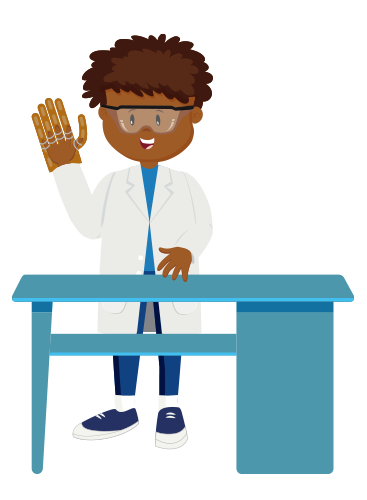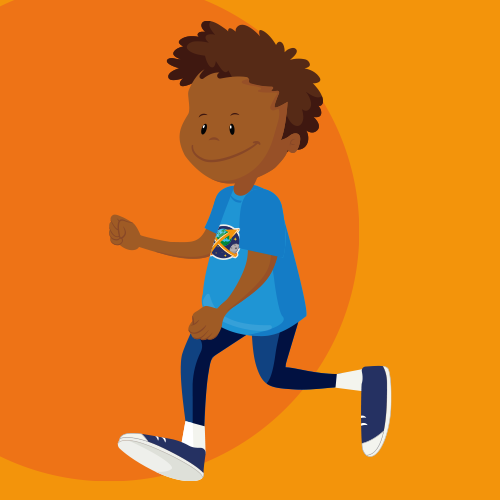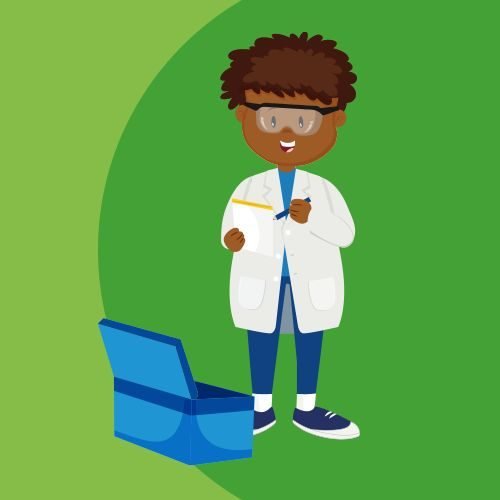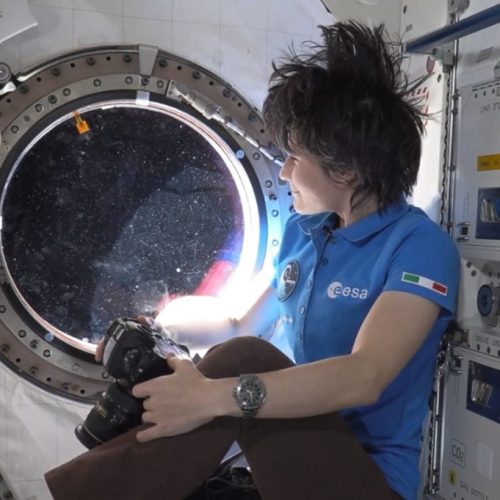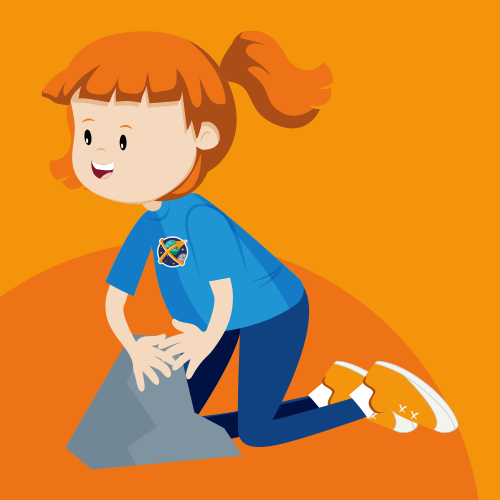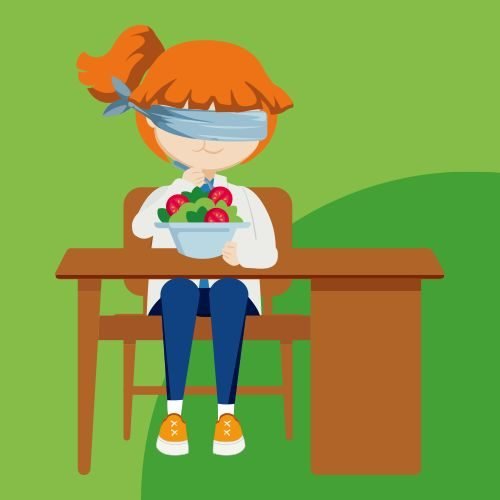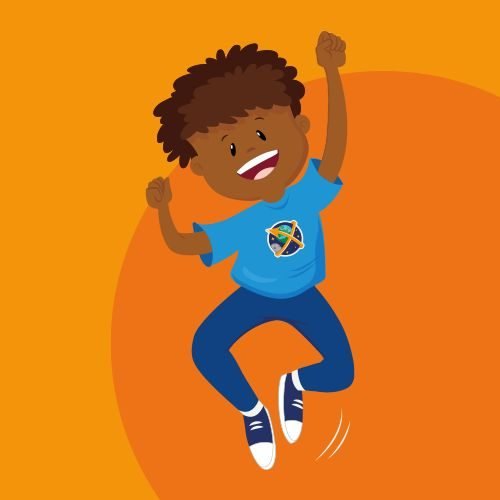Bionic Hand
Your Mission: Explore the anatomy of the hand and build a bionic hand from cardboard.
- Understand how the human hand works
- Learn that science and medicine use bionic prosthetics to substitute parts of the human body that are not working properly or are missing
- Learn that scientists use the human body as inspiration to build tools, such as hands and arms in hostile environments like space or the deep ocean
- Explore and test ideas building a simple machine in a group
- Activity 1:
- Student worksheet printed for each student
- Pencil
- Activity 2:
- Cardboard
- Film tape
- Glue
- Scissors
- Strings
- Rubber bands (thin and thick)
- Straws
- Student worksheet printed for each student
- Annex 1 printed for each group
- Activity 3:
- Student worksheet printed for each student
- Pencil
Explore more Mission X activities!
Your Mission: Perform a walk, progressing to 1600m to improve lung, heart, and other muscle endurance. When exploring space, astronauts …
Your Mission: Investigate which factors affect plant growth, and relate these factors to growing plants in space. All the things …
Your Mission: Investigate the relationship between microorganisms and many every day products. Microbes live everywhere, including outer space! Scientists have …
Your Mission: Follow Samantha’s routine on the ISS for one week and compare her daily tasks to yours. Observe your …
Let’s HIIT the space gym and get ready to sweat! To keep those hearts and lungs healthy, perform a series …
Your Mission: Perform body-weight squats and push-ups to develop upper and lower body strength in muscles and bones. Astronauts must …
Your Mission: Investigate healthy food choices and Calorie needs for life on earth vs. life in space Astronauts living on …
Your Mission: Carry weighted objects from the Exploration Area back to your Base Station to improve aerobic and anaerobic fitness. …
Your Mission: Explore taste sensations on the tongue and experiment to see which senses influence taste. For astronauts, all their …
Your Mission: Perform an activity that blends together squats, pushups, and jumping in the air (burpees) to promote muscular strength, …
Tag:Human Body, Problem-solving, Science

